Treats from the wild north: 10 of our favorite Icelandic delicacies
By Taylor van Biljon
Grab a plate and a seat at the table, because today we’re exploring some of the greatest gems of the Icelandic palate.
Treats from the wild north: 10 of our favorite Icelandic delicacies
By Taylor van Biljon
Grab a plate and a seat at the table, because today we’re exploring some of the greatest gems of the Icelandic palate.
More often than not, Iceland is celebrated for its more unusual fare from days long past. But the true treasures of this place are in the surprising variety of fresh ingredients, simple traditions, and pristine nourishment that has sustained a people for hundreds of years, and continues to do so today.
Fiskisúpa (Fish Soup)
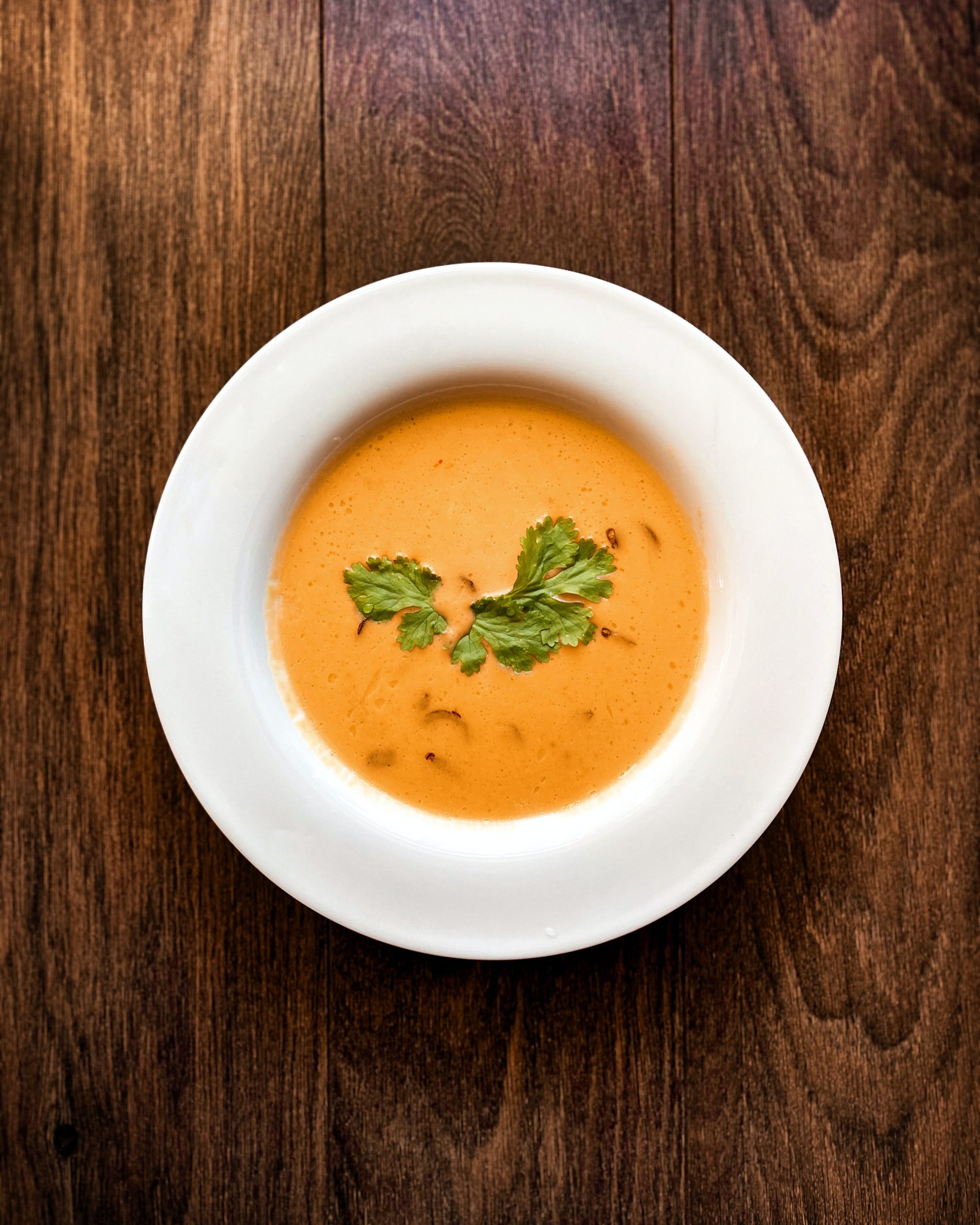
Fish soups are the beating heart of an seafaring place. Any person handy with a spoon has a recipe that belongs to them only, and everyone else has an opinion about it. You can ask anyone who serves their favorite version, but don’t be surprised when they say that no one makes it better than their grandma, as that is the usual standard. This is one of those dishes.
The penultimate fiskisúpa in Iceland is typically a tomato and cream based affair, with a bright coral-to-orange color and a velvety texture. This soup is loaded up with the local catch, and can be as varied as the chef prefers. These fish soups can range from salmon and cod all the way down to shrimp and scallops. It’s always a bit of a surprise.
While this is the more commonly occurring fish soup, it is not the only one. Iceland is a soup friendly place, and we would be amiss to not mention the various clear fish soups as well. These hit a different spot altogether and derive a great deal of their flavor from the hearty root vegetables that grant them so much of their color.
Skyr
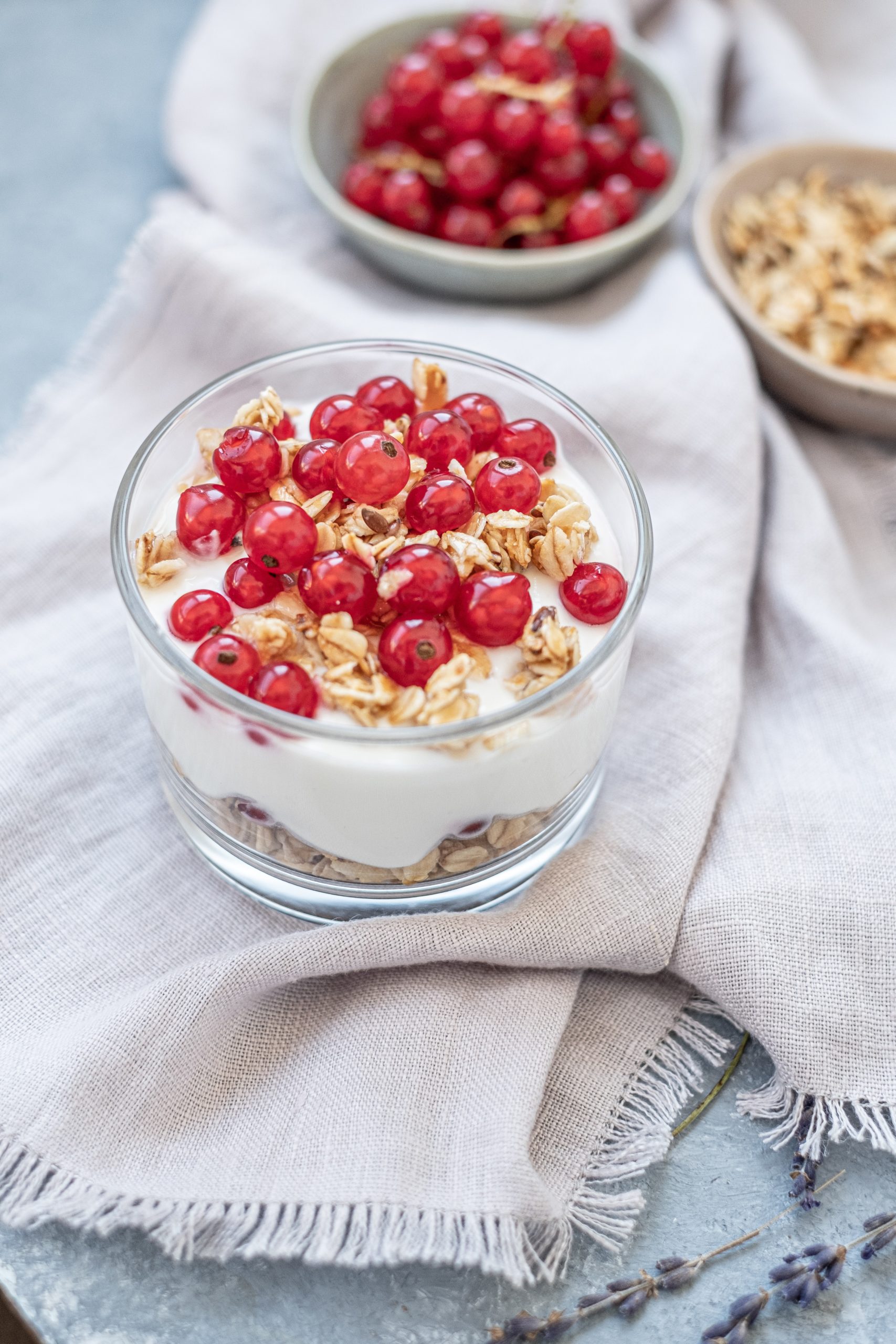
Skyr has been a staple of the Icelandic diet since the land was settled in the 9th century. Nordic settlers brought the knowledge of skyr with them, and the production of it is continued to this day, so people have had a few moments to truly perfect it.
Similar to a Greek yogurt, Skyr is very much its own product, and is available in a myriad of flavors. It is not uncommon to find skyr in both savory and sweet recipes (much like its cousin yogurt), and it is still occasionally made on some farms in the old way for home use.
When you visit, don’t forget to try some- as skyr is best served in its natural habitat!
Laufabrauð (Leaf Bread)
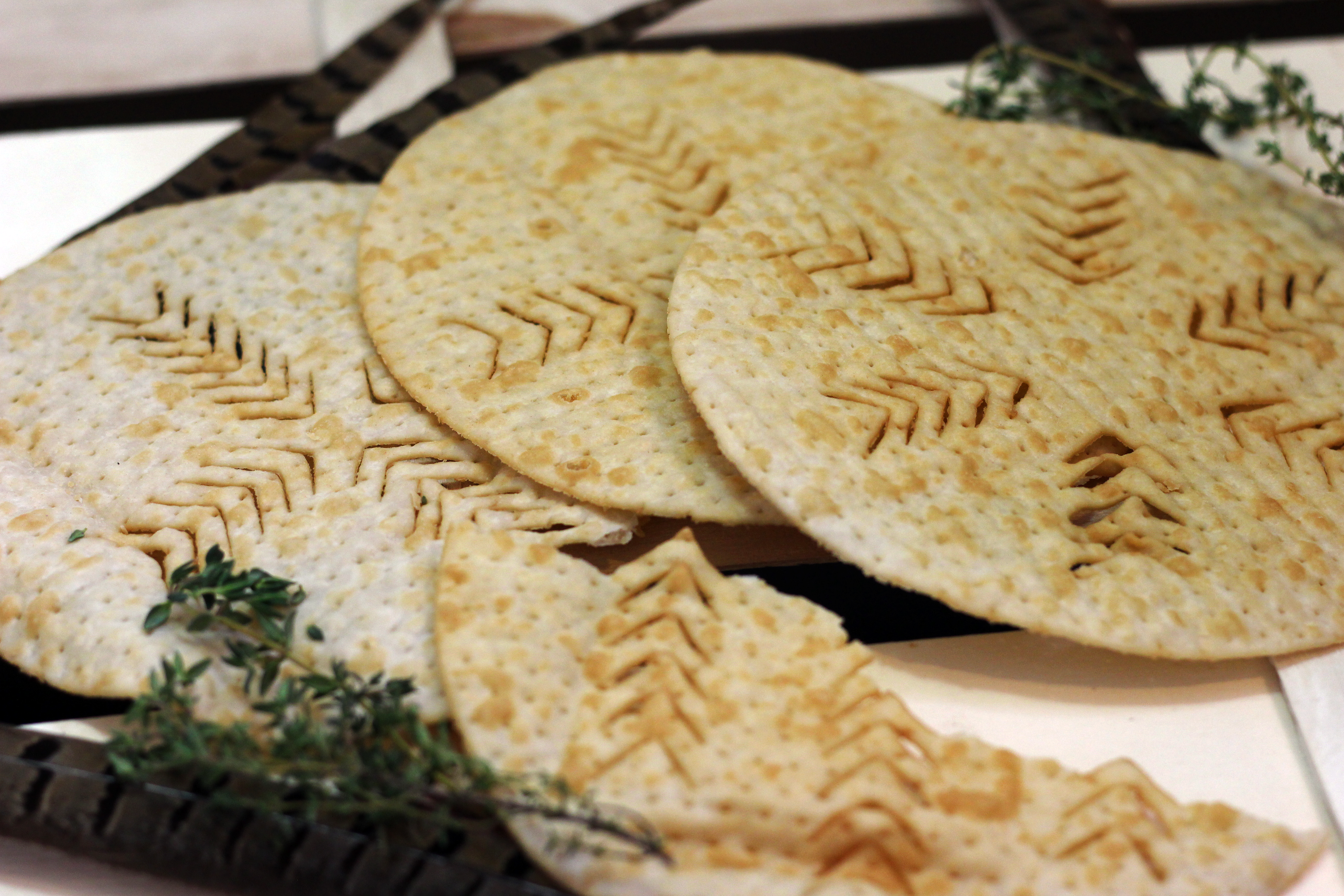
You’ll have to visit in the winter holiday season to try this delicate favorite! Originating in the north of the country, laufabrauð is an intricately cut circular bread that is visually reminiscent of a paper snowflake or a star lantern.
The decorating is done with a “laufabrauðsjárn” (leaf bread iron), a metal roller that cuts the pattern into the dough, or with a skillfully wielded knife. These irons are passed down within families, and it is not uncommon for families to use specific patterns.
You can purchase laufabrauð in grocery stores and bakeries in the wintertime, but the making of it is very much a family affair. Produced in multiple steps, flattening, decorating, and frying- you can see how it could occupy an entire household.
This is another one of those things that is passed from generation to generation, from the tips and tricks of how to fry it without creating too many bubbles in the dough, to the skillful folding and cutting of the patterns.
This crispy treat kicks off the Icelandic festive season, and carries it through all the way into the end of winter, a memorable treat that clears the way for spring and the return of the longer days.
PLAN YOUR JOURNEY
Travelling to Iceland?
Check our overnight tours with a driver guide that includes a one night stay in a bubble.
*Starting from ISK 59.900 per person
Pylsa
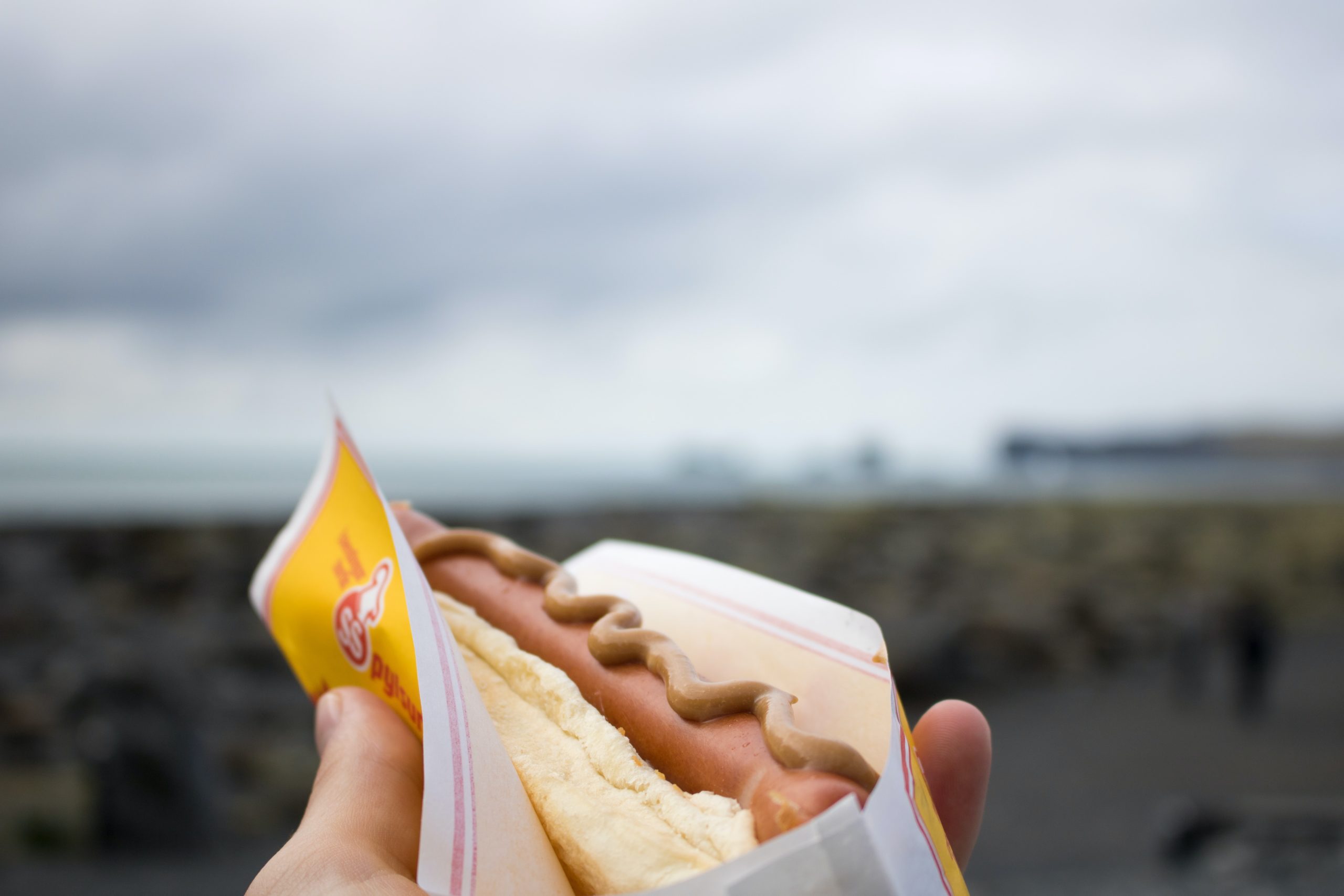
This is a treat so popular, that you can group people up by their opinions on how to name it. (Long live the Pylsa vs Pulsa name wars.) At first glance you may think, “Well this is merely a hot dog.” But you would be wrong!
The Icelandic pylsa is primarily made up of the world renowned grass fed Icelandic lamb, and that flavor profile makes all the difference. Roaming wild in the highlands all summer long eating berries and wild mountain herbs, a single pylsa brings with it all the flavors of the unspoiled Icelandic countryside.
Don’t forget to ask for “Ein með öllu”, so you can try it the way the locals are eating it. That means you’ll be getting one with tomato sauce, pylsusinnep, remúlaði, raw onions and fried onion, and on a brisk day after a swim, it is delicious.
Kjötsúpa (Meat Soup)

We’re back with more soup! (Hopefully you are a soup person, because this may not be the last one either.) You’ve been introduced to fish soup, now meet.. Meat soup. There is a theme of great simplicity here.
Despite Iceland’s deep and traditional relationship with the ocean, there is a history just as long of closeness to the land. When you’re clinging on to some of the only liveable rocks in the North Atlantic, it does make a bit of sense to develop some fondness, doesn’t it? Well, that fondness is the never ending love letter of Kjötsúpa.
Typically served with lamb and various root vegetables, Kjötsúpa is a gift on a cold day. In fact, if you’re in Reykjavik around the first day of winter in late October, you can experience Kjótsúpudagurinn, or Meat Soup Day, when the shop owners of the high street (Skólavörðustígur) serve their very own meat soups to the populace.
Like all soups, you will find that these can differ slightly depending on the person holding the ladle, but you can bet that each bowl is imbued with the ancient winter-bracing magic that all family soup recipes seem to hold.
Plokkfiskur
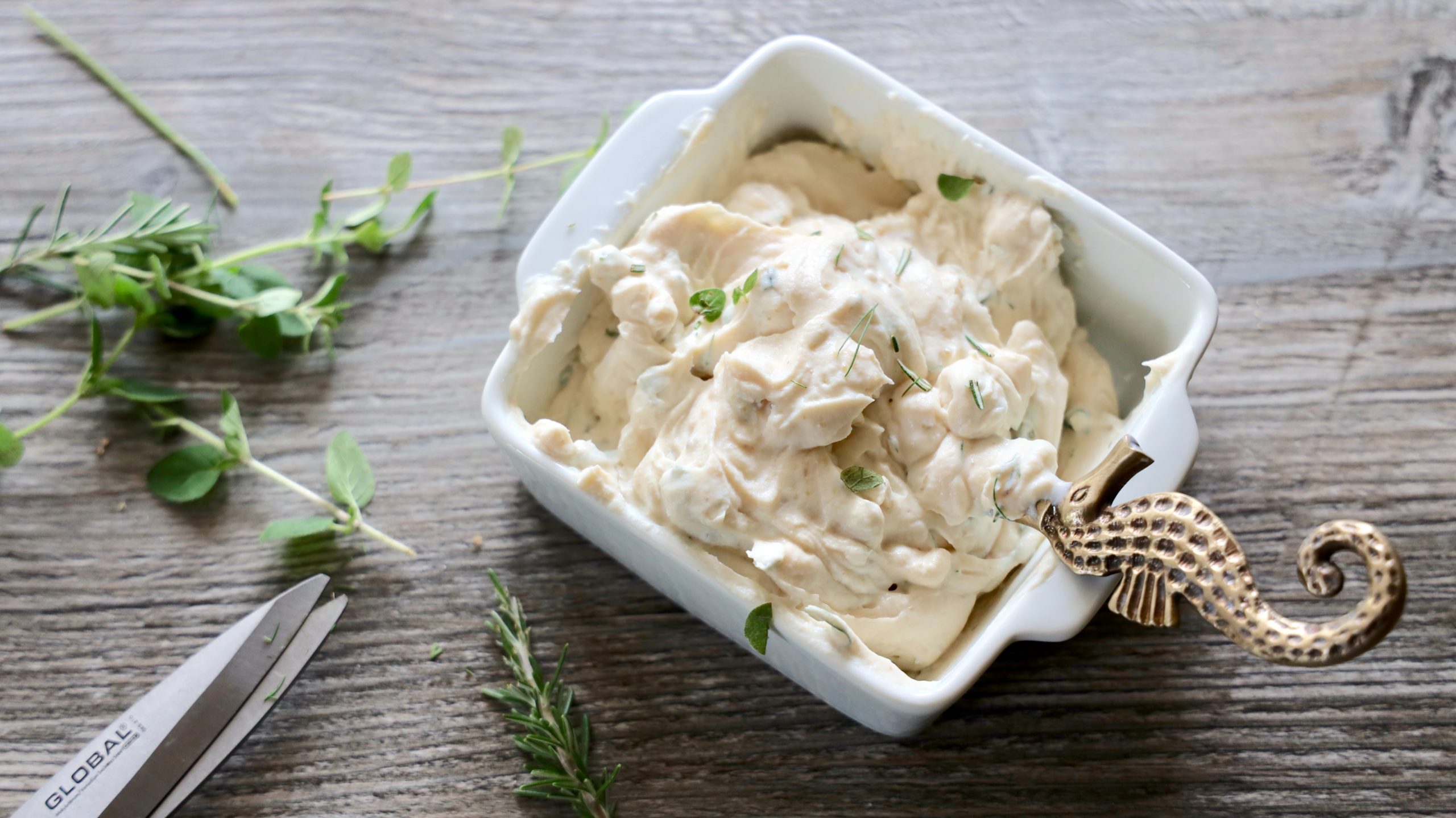
Like many beloved dishes, Plokkfiskur was created to sustain a working people in tough conditions. Another straightforward dish, this thick stew is primarily comprised of fish, milk, potatoes and onions.
Different recipes may add their own assortment of spices or toppings, but these main ingredients are the pillars of this dish. Best served with bread and lots of butter, don’t forget to seek this out when you visit. (You may need a nap afterwards however, so don’t eat too far away from your Bubble.)
The Catch of the Day: Fresh fish!
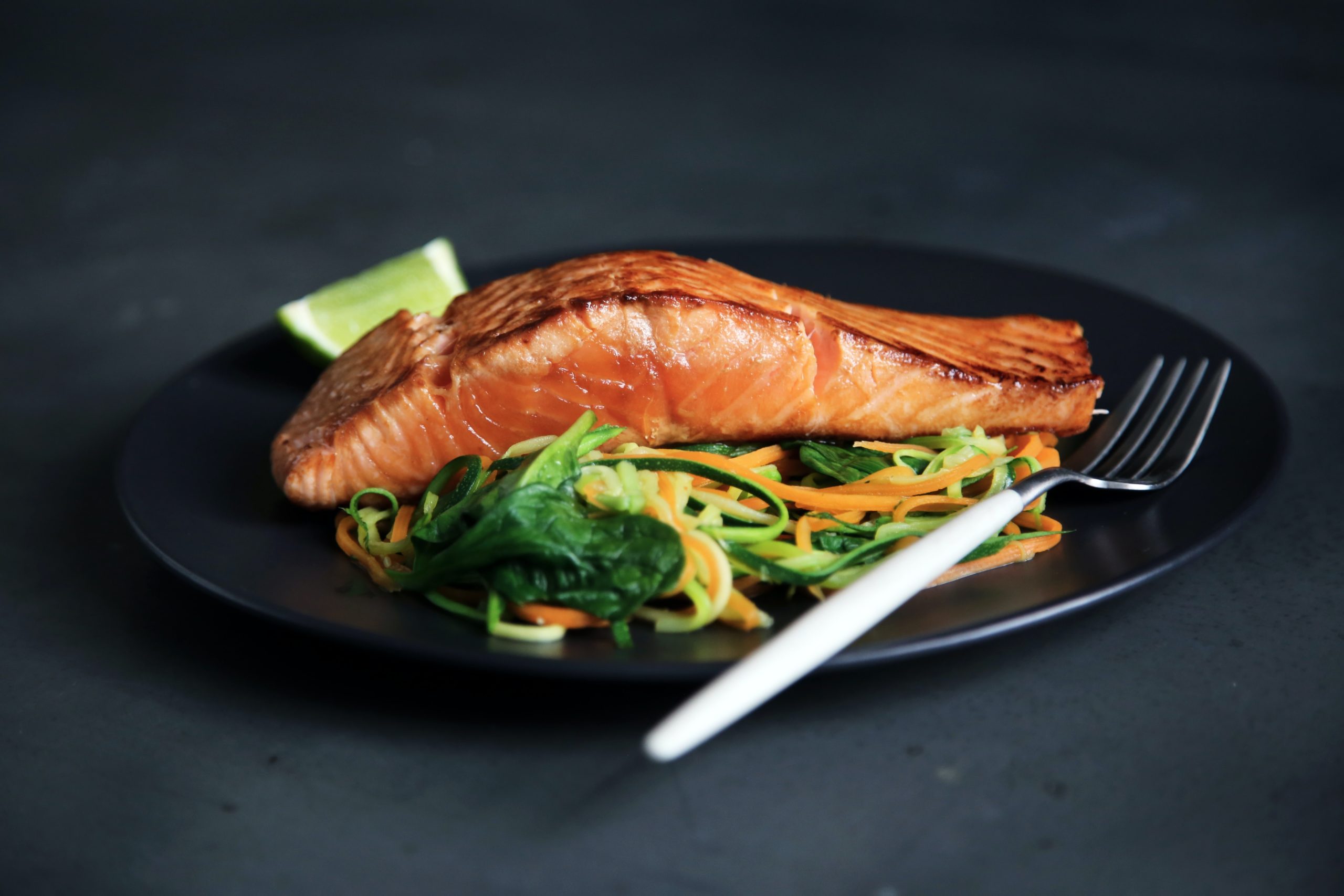
This one seems obvious, but it would be criminal to sing the praises of Iceland’s table without it. Iceland exists among a veritable myriad of sealife.
Though the most popular are typically Cod (Þorskur) and Haddock (Ýsa), others such as: Halibut (Lúða), Redfish (Karfi), Atlantic Catfish/Wolffish (Steinbítur), Pollock (Ufsi), Mackerel (Makríll), and, Herring (Síld), are typically consumed as well.
And this isn’t even close to being all of them! There are believed to be around 340 different fish varieties in this area of the North Atlantic, especially as Iceland rests between two distinct ecological zones.
And beyond this, there are freshwater finds here as well. Some of the most pristine Arctic Char (Bleikja) and Atlantic Salmon (Lax) in the world inhabit Iceland’s inland waters. Fishermen in the audience may be wondering at the absence of the legendary Brown Trout (Urriði)- as the isolated trout in Þingvallavatn are some of the biggest ever reported- but their unique lives are protected by law and they cannot be consumed.
There are other areas in the country where one can catch Sea Brown Trout, which can indeed be eaten. You will have to go up against Eric Clapton for the record though, if you’re a competitive sort.
Fish has been a founding staple of the Icelandic diet for centuries, and can be found in most treasured recipes and meals. It continues to maintain its place on the table today, hopefully for many years to come.
Humar (Lobster)
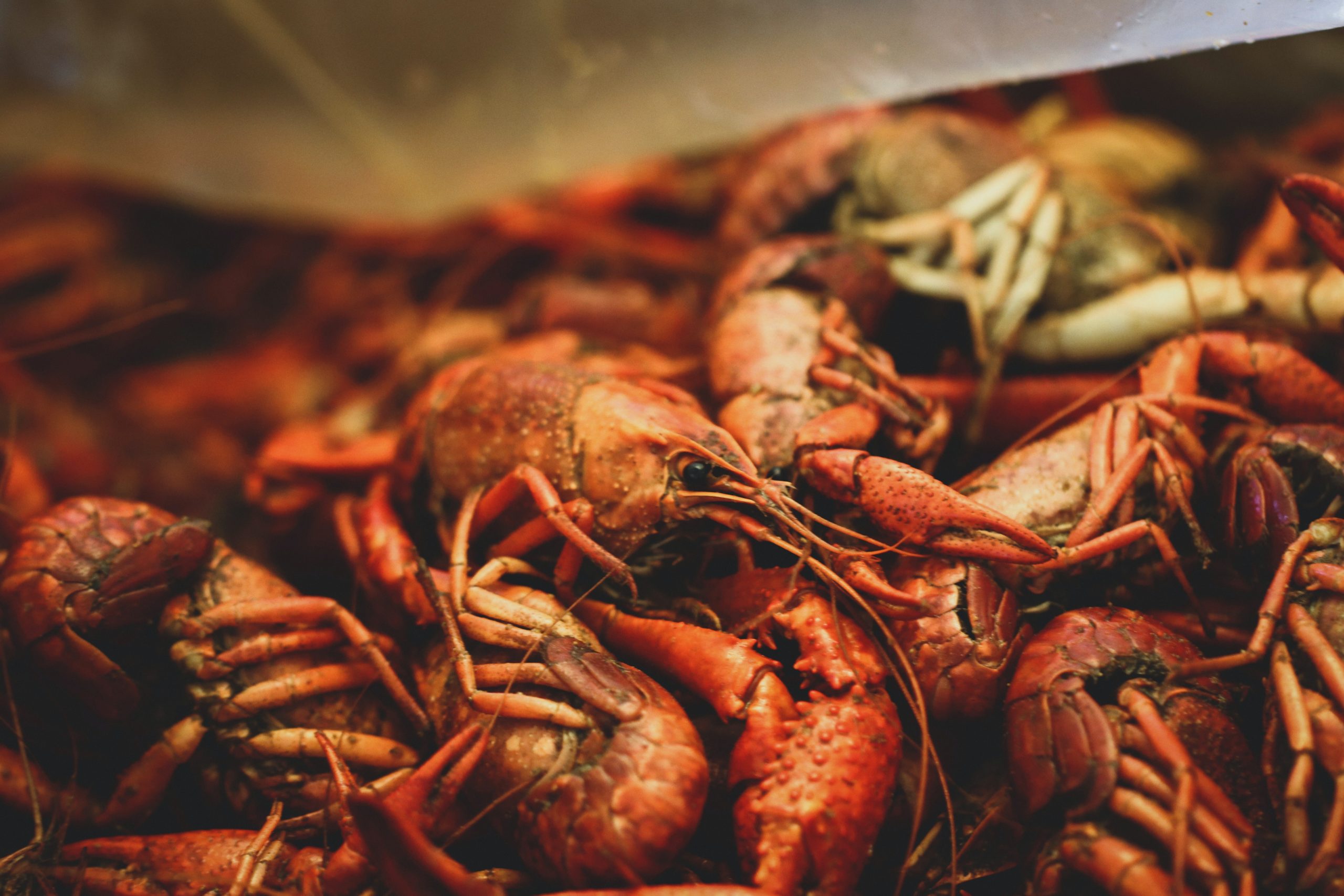
At the risk of appearing too soup-happy, I have avoided putting Humarsúpa here, and will instead be singing the praises of its main ingredient, the Icelandic Lobster. (Ok, maybe it is truly called a Langoustine or Norway Lobster, but it is kind of a big deal here, so we are only calling it “Lobster”, because well, it is rather famous.)
Often served grilled or with delicate buttery sauces, the Humar is also the star of another treasured soup, Humarsúpa, or you guessed it, Lobster Soup. (Simplicity is the only way when you are working with pristine ingredients.)
Served in a broth not unlike Fish Soup, Lobster Soup is often a bit more on the orange side, and is more likely to include a curry base and a dollop of cream on top. There are multiple restaurants that specialize in the preparation of these delicacies, but the lobster capital of Iceland can only be said to be Höfn.
Tucked away in the east under the towering glory of Vestrahorn, Höfn means “harbor”, as it is one of the only natural harbors in the south. If you find yourself on a south coast adventure, this is a place not to be passed over. In the summer they hold the Humarhátíð (Lobster Festival), and if you love this tasty treat as much as we do, you’ll be careful not to miss it.
Hangikjöt
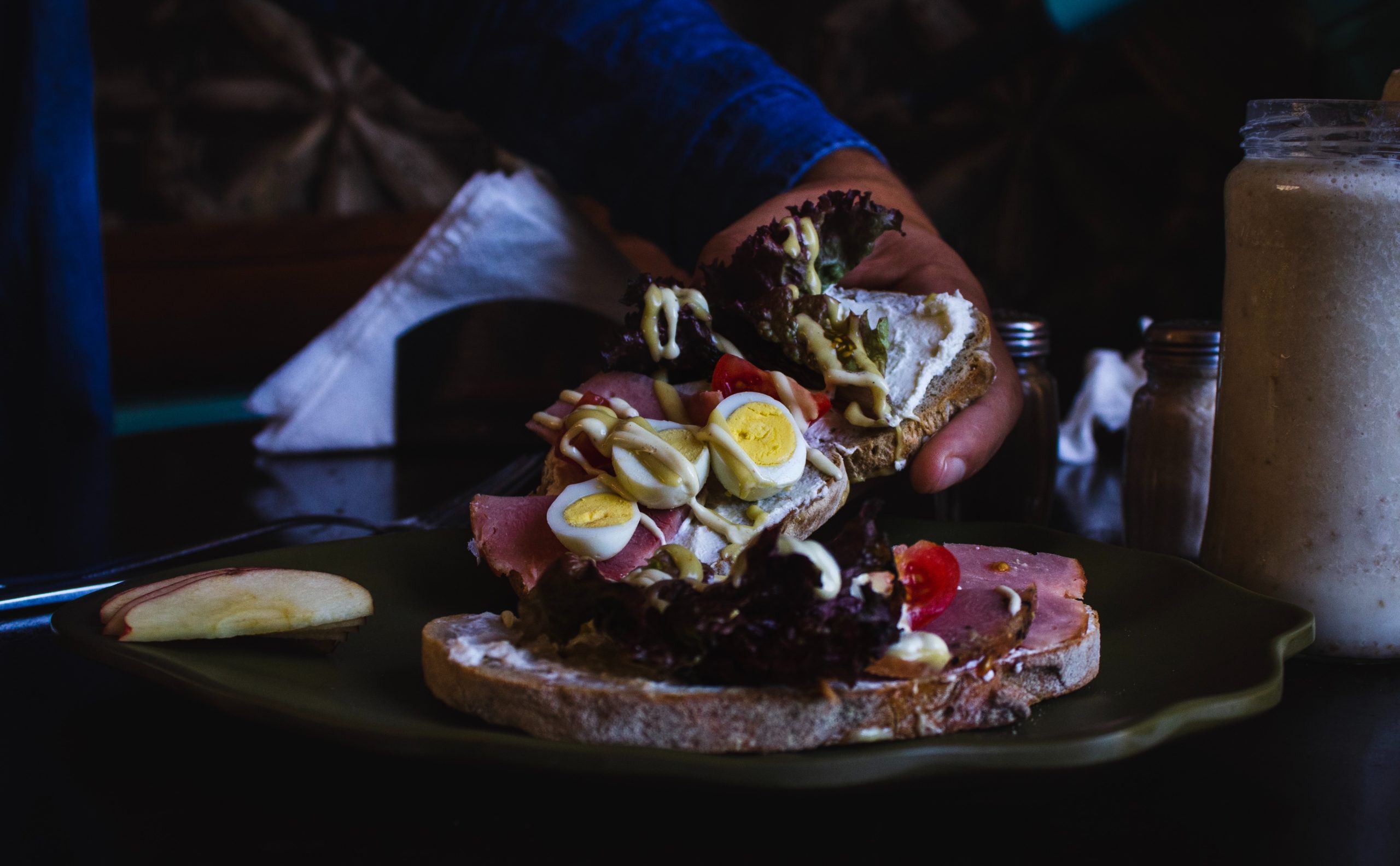
Typically enjoyed around the winter festive season, Hangikjöt continues the tradition of calling it like you see it, and literally means “Hung Meat”. This name refers to the practice of smoking the meat by hanging it from the ceiling and burning a fire under it for a few weeks.
The meat is usually lamb, and harkens back to a day where preservation of resources was vital for survival. Iceland is known for its various preservative methods, including treats like cured Hákarl, Saltkjöt, and the many salted, brined, dried, and, maintained delicacies paraded out every Þorrablót.
Not all of these things are consumed regularly anymore, but many of them do reappear around their respective holidays and they serve as a reminder of the great efforts that early Icelanders went through to make it here. Hangikjöt however, is most often a Christmas time treat, and when it’s on the table, Laufabrauð is not far away.
But, should you only make it to our shores outside of the winter season, you can still try the famous birch smoked Hangikjöt, in sandwich form! A popular sandwich filling, nearly any grocery will carry the Hangikjöt og baunasalat samloka (Smoked Lamb and Bean Salad sandwich), and they are nearly as good as Christmas.
(There are many reasons to come back and visit Iceland in different seasons, but seasonal food and drink is certainly one of the strongest.)
Kleinur and Ástarpungar
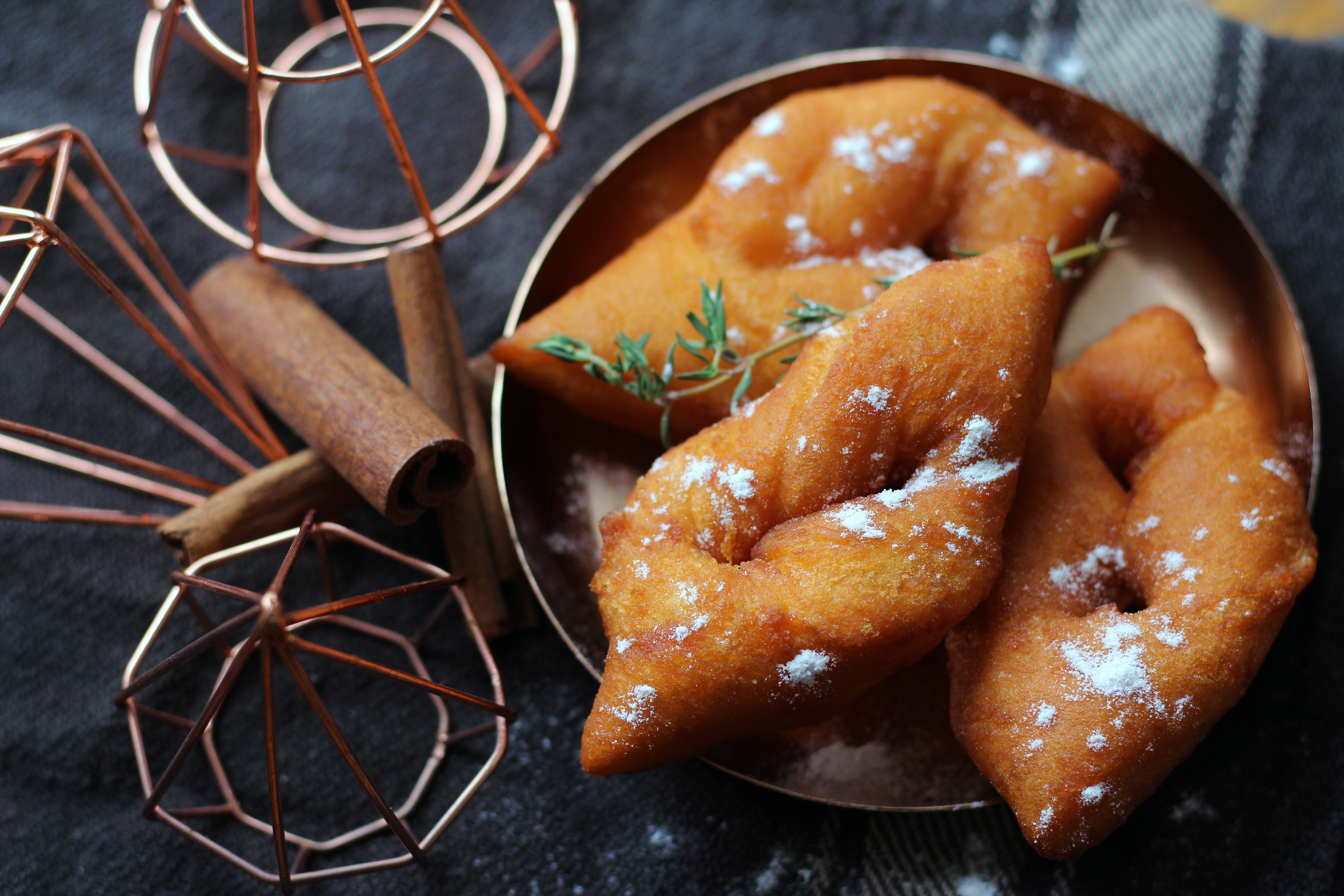
We have behaved ourselves, and are ending this thing on a sweet note. Though they are different in their own right, these fried treats are both too good to leave one off; so they will share a section as they so often share a deep fryer.
Named for the thin shape of the long sliced diamond that forms them, many Kleinur are anything but small. Popular with coffee like the Ástarpungar, these are Iceland’s answer to the donut. They come in many light, subtle flavors and twisted shapes, and can even be found coated in chocolate.
The Ástarpungar on the other hand, is the round sibling of the Kleina. Their name roughly translates to “Love sacks” (Or pouches), and they require frying as well so they often happen at the same time as Kleinur. They are filled with raisins (and if you’ve been reading along with us you would know that this is an excellent and rare thing to be celebrated! So it is truly no wonder that they are viewed as being full of love.)
These treats can both be found at any bakery, and often in grocery stores as well. The Kleinur are a bit easier to find, but a good bakery can often help you out with some Ástarpungar. Don’t forget to bring one back to your Bubble for a late night snack- nothing hits the spot like sharing a Love Pouch with your loved one under the stars.
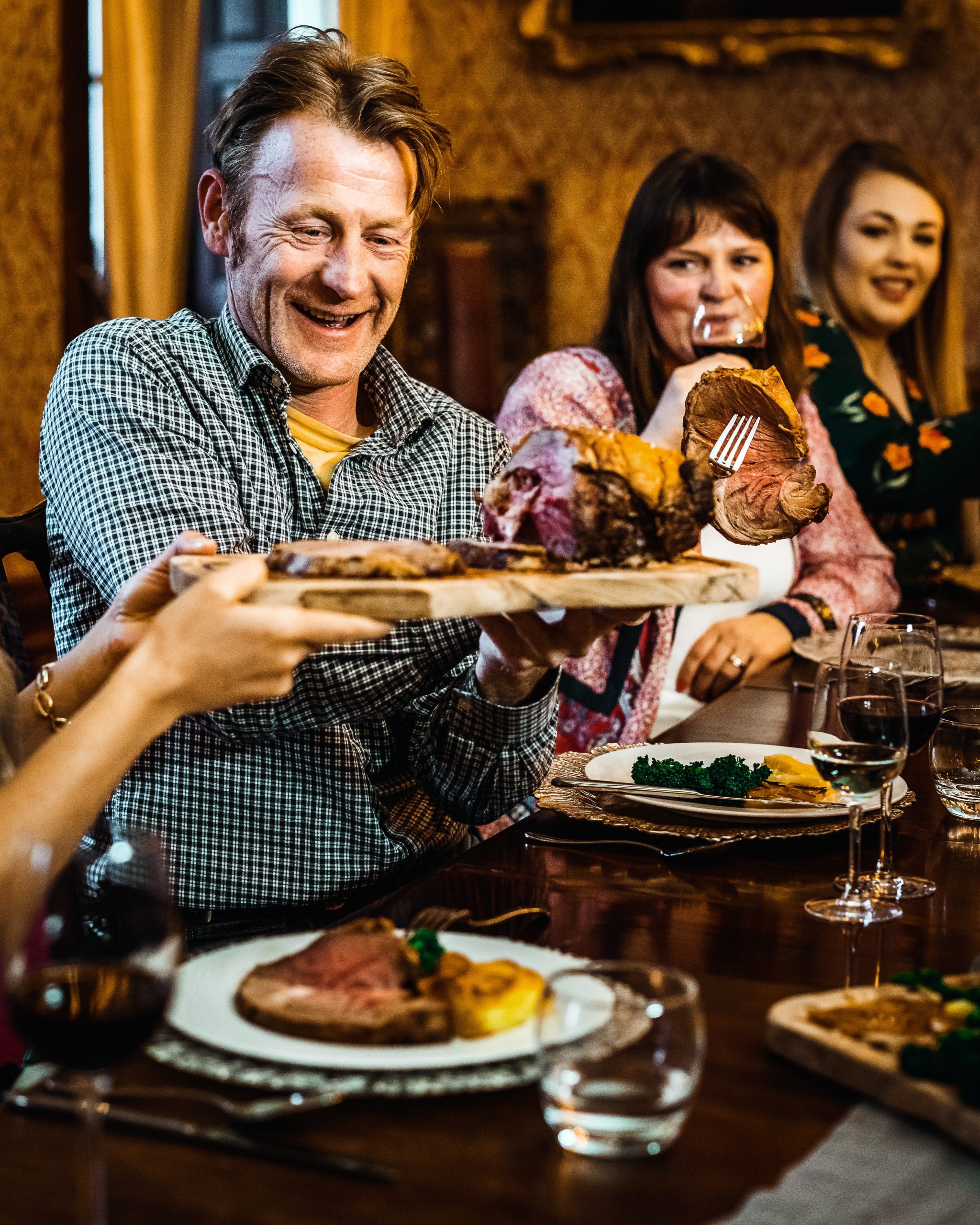
PLAN YOUR JOURNEY
Travelling to Iceland?
Check our overnight tours with a driver guide that includes a one night stay in a bubble.
*Starting from ISK 59.900 per person


